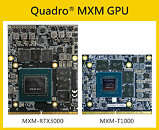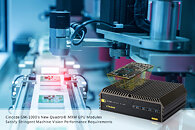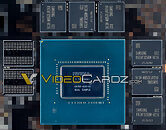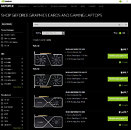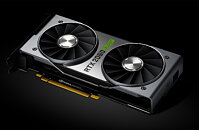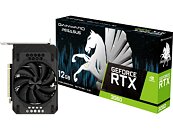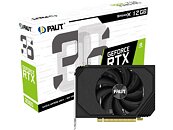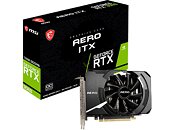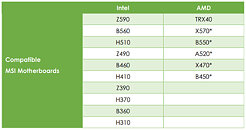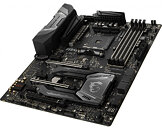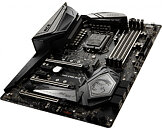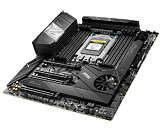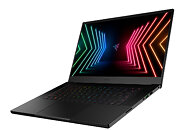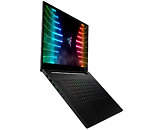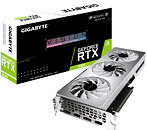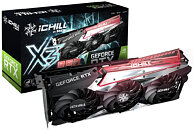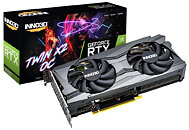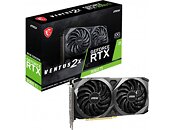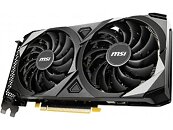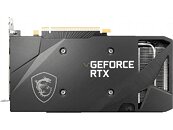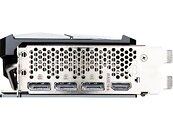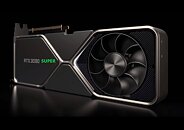
NVIDIA GeForce RTX 3060 Release Date is February 25
NVIDIA is slated to launch its performance-segment GeForce RTX 3060 "Ampere" graphics card on February 25, 2021, according to a WCCFTech report. The company launches the card at an MSRP (starting price) of USD $329. 12 GB is the standard memory size for the RTX 3060. The card marks the debut of the new 8 nm "GA106" silicon, NVIDIA's 4th chip based on the GeForce "Ampere" graphics architecture.
While the "GA106" silicon features up to 3,840 CUDA cores across 30 streaming multiprocessors, the RTX 3060 is reportedly being carved out by enabling 28 SM, working out to 3,584 CUDA cores. It features 12 GB of 15 Gbps GDDR6 memory across a 192-bit wide memory interface, which means 360 GB/s memory bandwidth, slightly higher than the 336 GB/s of the RTX 2060. The card has a typical board power rating of 170 W, which means plenty of custom-design graphics card models should come with single 8-pin PCIe power connector configurations. NVIDIA's design goal for the RTX 3060 could be doubling performance over the GTX 1060 "Pascal," and a significant performance uplift over the RTX 2060.
While the "GA106" silicon features up to 3,840 CUDA cores across 30 streaming multiprocessors, the RTX 3060 is reportedly being carved out by enabling 28 SM, working out to 3,584 CUDA cores. It features 12 GB of 15 Gbps GDDR6 memory across a 192-bit wide memory interface, which means 360 GB/s memory bandwidth, slightly higher than the 336 GB/s of the RTX 2060. The card has a typical board power rating of 170 W, which means plenty of custom-design graphics card models should come with single 8-pin PCIe power connector configurations. NVIDIA's design goal for the RTX 3060 could be doubling performance over the GTX 1060 "Pascal," and a significant performance uplift over the RTX 2060.

